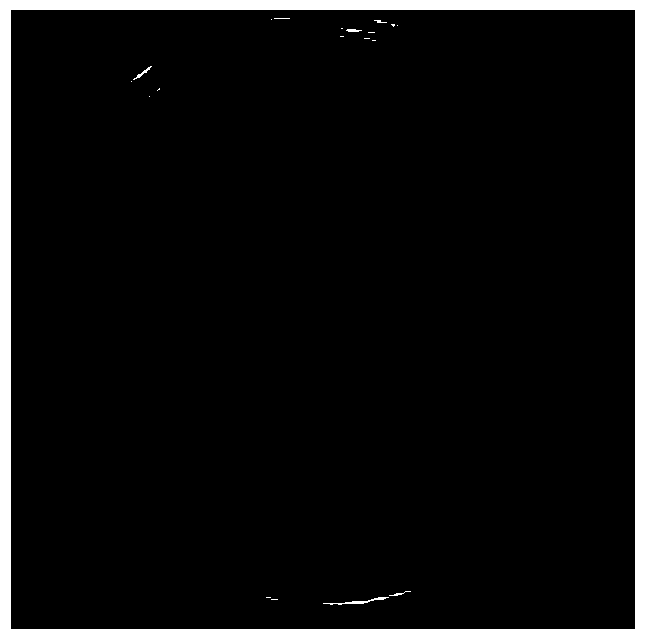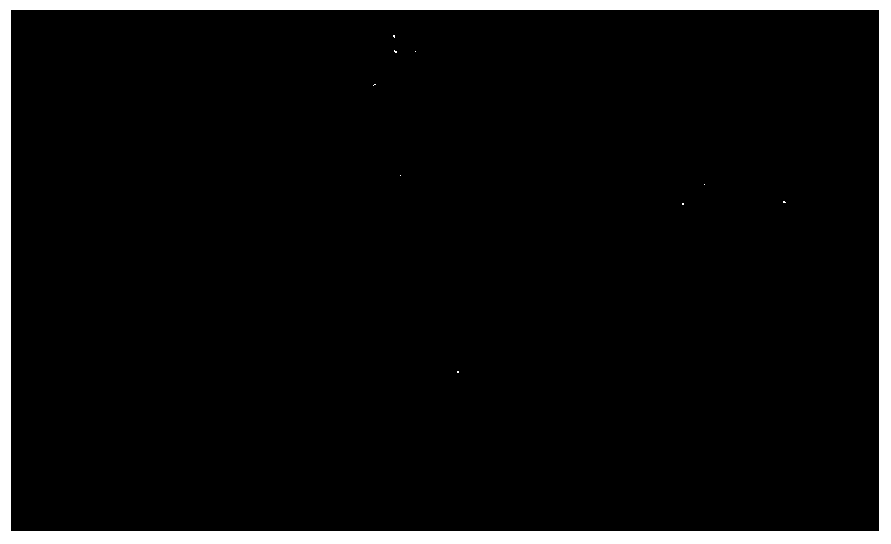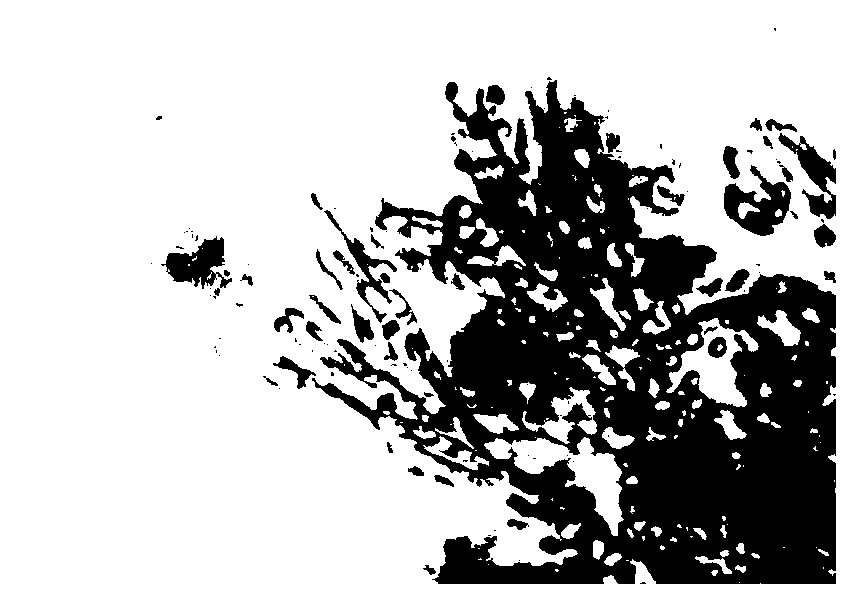A strain of Paecilomyces variotii with strong pathogenicity to citrus psyllids and its application
A technology of Paecilomyces variotii and citrus psyllids, applied in the field of biological control, to achieve the effects of no pollution to the environment, good market application prospects, and fast growth
- Summary
- Abstract
- Description
- Claims
- Application Information
AI Technical Summary
Problems solved by technology
Method used
Image
Examples
Embodiment 1
[0026] Isolation and screening of embodiment 1 citrus psyllid pathogenic bacteria
[0027] (1) Isolation and purification of pathogenic bacteria
[0028] The diseased citrus psyllids were collected from Gourita japonica in Tianhe District, Guangzhou City, Guangdong Province, and operated in a laboratory ultra-clean workbench. The citrus psyllid was first soaked in 70% ethanol for 30s, then soaked in 0.1% mercury liter for 1min, and finally rinsed with sterile water for 3 times. Use sterile filter paper to dry the water on the worm body, and then put it on the potato dextrose agar (PDA) medium (the preparation method is: weigh 200g potatoes, wash, peel and chop them, add 1000mL of water and boil for 20-30min, two Filter with a layer of gauze, add 20g of glucose and 15g of agar, fully dissolve and replenish water to 1000mL, then pack into Erlenmeyer flasks, sterilize under high pressure at 121°C for 20min).
[0029] Place the petri dish in a microbial incubator for constant te...
Embodiment 2
[0034] Identification of embodiment 2 bacterial strain GZMS-11
[0035] 1. Morphological characteristics of strain GZMS-11: strain GZMS-11 grows well on potato dextrose agar (PDA) medium, cultured at a constant temperature at 27°C, observes the growth of colonies every day and records the color and shape of colonies. Inoculate the strain GZMS-11 into the center of another PDA medium plate, insert the sterilized coverslip (1cm×1cm) obliquely into the medium about 1cm away from the inoculation point, and culture at a constant temperature of 27°C for 5 days After the hyphae climbed onto the cover glass, the cover glass was taken out and placed under an optical microscope to observe the hyphae and spore morphology of strain GZMS-11.
[0036] figure 1 It is the colony characteristic of strain GZMS-11 cultured on PDA medium for 10 days. It can be seen that the colonies of the strain GZMS-11 are round and fluffy, and the colonies are white at first, and later turn yellowish brown w...
Embodiment 3
[0042] The pathogenicity determination of embodiment 3 bacterial strain GZMS-11 to citrus psyllid
[0043] (1) The lethal medium concentration and lethal medium time of strain GZMS-11 to citrus psyllids
[0044] After the strain GZMS-11 was inoculated on the PDA solid medium for 10 days, the cultured colonies were rinsed with sterile water, and the conidia suspension was collected by filtration with sterile gauze, and serially diluted with sterile water to obtain concentrations of 1.0×10 8 spores / mL, 1.0×10 7 spores / mL, 1.0×10 6 spores / mL, 1.0×10 5 spores / mL, 1.0×10 4 spores / mL conidia suspension, and an appropriate amount of Tween-80 was added thereto to a final concentration of 0.1% (v / v). Put the healthy citrus psyllid in the conidia suspension containing 0.1% (v / v) Tween-80 of the above-mentioned concentrations as described in Example 1 for infiltration treatment, and then put it in a light incubator at 27±0.5°C (L:D=14:10, RH>90%) culture, and the citrus psyllid trea...
PUM
 Login to View More
Login to View More Abstract
Description
Claims
Application Information
 Login to View More
Login to View More - R&D Engineer
- R&D Manager
- IP Professional
- Industry Leading Data Capabilities
- Powerful AI technology
- Patent DNA Extraction
Browse by: Latest US Patents, China's latest patents, Technical Efficacy Thesaurus, Application Domain, Technology Topic, Popular Technical Reports.
© 2024 PatSnap. All rights reserved.Legal|Privacy policy|Modern Slavery Act Transparency Statement|Sitemap|About US| Contact US: help@patsnap.com










